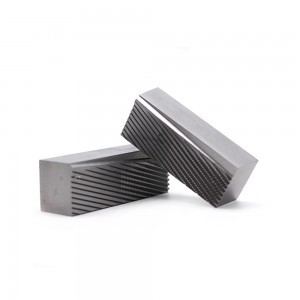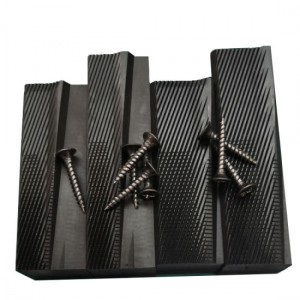Thread rolling dies are important tools in the manufacturing industry and play an important role in producing high-quality threaded parts. The process involves using hardened steel dies to form threads on the workpiece, creating precise and durable threads that meet the highest industry standards. In this blog, we’ll delve into the art and science of thread rolling dies, exploring their applications, benefits, and key factors that increase their effectiveness during the manufacturing process.
The thread rolling die process is a cold forming operation that offers several advantages over traditional thread cutting methods. By applying pressure to the workpiece between two rotating dies, the material is displaced to form threads, improving thread strength, surface finish and dimensional accuracy. The method is particularly suitable for producing threads on hard materials such as stainless steel, titanium and high-strength alloys, where traditional cutting methods may be less efficient or result in reduced thread quality.
One of the main advantages of thread rolling dies is their ability to improve the fatigue resistance of threaded components. The cold forming process creates compressive residual stresses on the thread surface, increasing its resistance to fatigue failure and improving the overall durability of the component. This is particularly important in applications where threaded parts are subject to cyclic loading or high stress environments, such as automotive, aerospace and industrial machinery.
In addition to the mechanical advantages, thread rolling dies also bring economic benefits to manufacturers. The process typically requires less energy and produces less waste than traditional cutting methods, reducing production cost jianshis and improving material utilization. Additionally, the high productivity and repeatability of thread rolling dies make them a cost-effective solution for high-volume manufacturing, allowing companies to meet the demands of mass production while maintaining consistent thread quality.
The effectiveness of thread rolling dies is affected by several key factors, including die design, material properties, lubrication and machine settings. The geometry of the mold plays a vital role in determining the thread profile, pitch diameter and lead angle and must be carefully designed to meet the specific requirements of the threaded component. In addition, the selection of mold materials and heat treatment processes is critical to ensuring the durability and wear resistance of the mold, especially when using hard or abrasive materials.
Proper lubrication is also critical in thread rolling die operations as it helps reduce friction, dissipate heat and prevent workpiece material from wearing out or seizing. Lubricant selection and application should be carefully considered to optimize the thread rolling process and extend the life of the mold. Additionally, machine settings, including mold alignment, pressure settings and feed rates, must be precisely controlled to achieve consistent thread quality and dimensional accuracy.
This is our main product,If you need it,Feel free to contact us.
Our Website: /
Post time: Mar-08-2024


